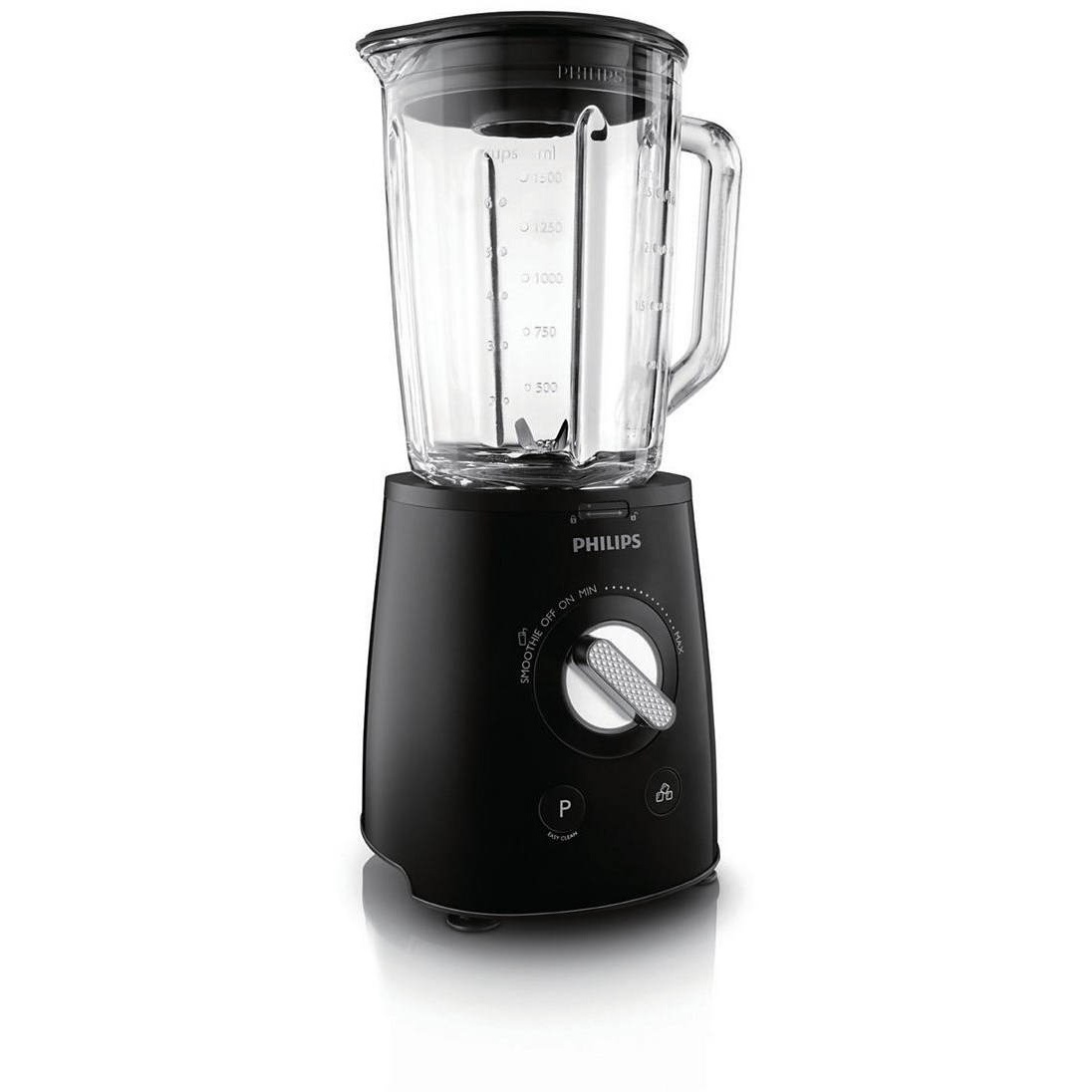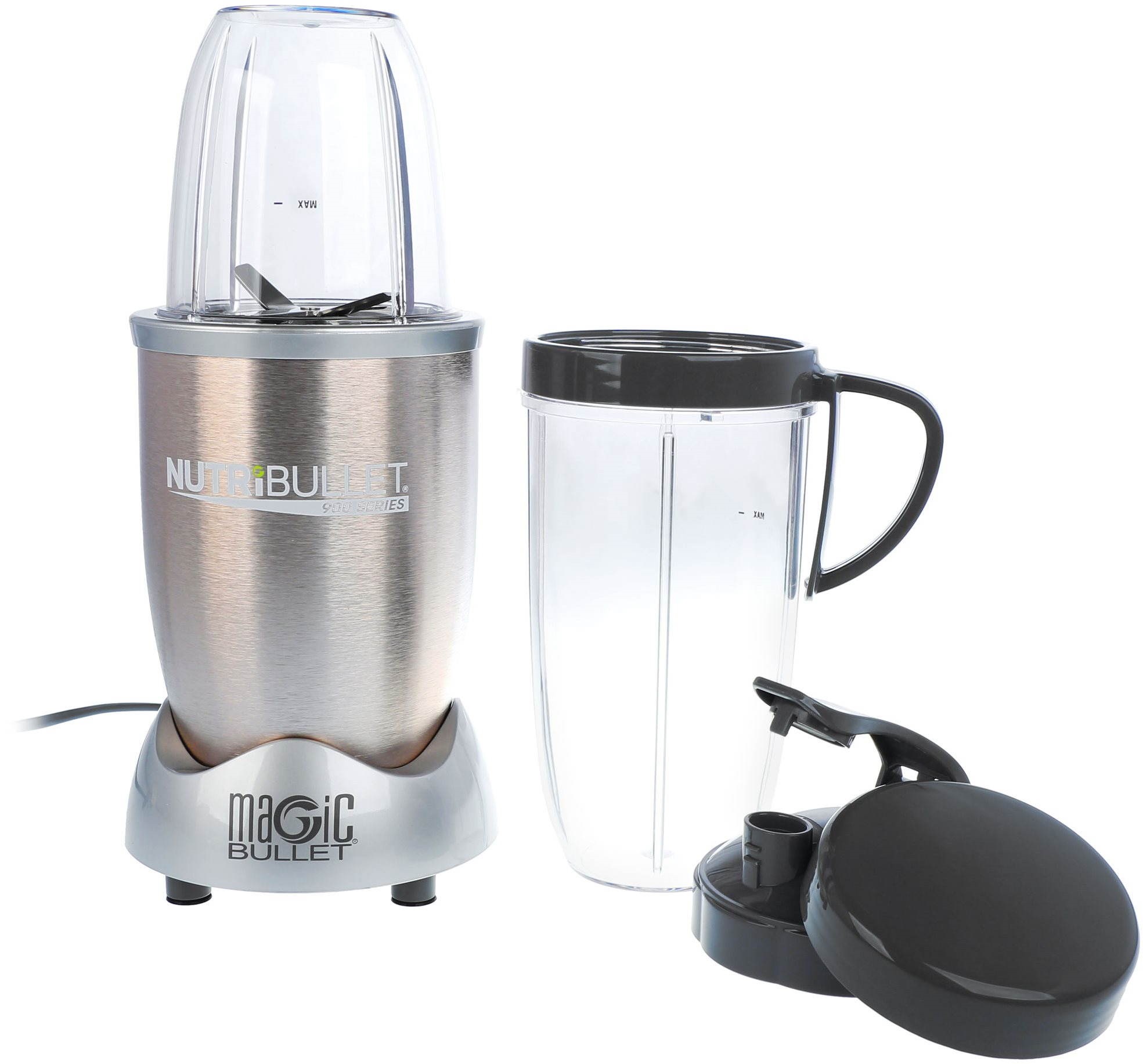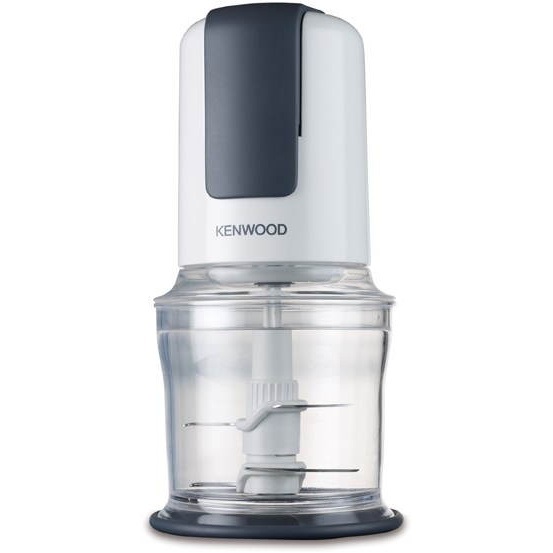How To Choose a Blender
When choosing a kitchen blender/ mixer, the most important thing is to be clear about what you are most likely to blend. A number of devices can be purchased with various extensions, thanks to which they become multifunctional. It is also necessary to pay attention to the performance - for example fruit mixers are not very powerful and if you want to mix fruit with nuts or seeds we recommend choosing a powerful nutritional mixer or smoothie maker. How to find your way around the extensive range of mixers?

First answer these questions
Important mixer parameters
Mixer power consumption
Power consumption informs us about how much electricity the mixer consumes, but also about its power. Sufficient power consumption is therefore a very important parameter when choosing an appliance. What should the ideal power input look like for each type of mixer?
Table mixer - at least 300 W, if you want to mix ice and other hard ingredients, choose an appliance with a power input of at least 1000 W.
Hand blender - the lower limit should not fall below 150 W, while 300 W is enough to mix soups and sauces. For multifunctional models with different attachments, the ideal value is 600 W.
Hand mixer - 250 – 500 W is sufficient for mixing dough.
Nutritional mixer - in order for the device to handle harder ingredients, its power consumption should be at a minimum value of 900 W.
Smoothie mixer - 350 W is enough to prepare fruit and vegetable drinks.
Choppers and shredders - 100 W is enough to chop fruits and vegetables, at least 300 W to chop ice.
Mixer speed
The speed determines how many times the mixing blade rotates per minute and thus tells us how long it takes for the blender to mix the food. Some blenders offer continuous speed control, so take note of the maximum value of this parameter. For table mixers, 11,000 rpm is sufficient for normal mixing, at least 20,000 rpm is needed for mixing ice and nuts. For hand mixers, the lower speed limit should not fall below 11,000 rpm, for hand blenders, 1,000 rpm is enough, and for nutritional mixers, the ideal value is at least 20,000 rpm.
Blender accessories
Some blenders come with no accessories, others have a number of attachments and mixing vessels. Attachments for whipping, crushing etc do the work of several types of mixers and save space in the kitchen.
Blender material
Quality material should be used especially for mixing blades. The best choice is stainless steel. For nutritional mixers, the blades should also be covered with a titanium layer so that vitamins and minerals do not escape. The body of the mixer should also be made of stainless steel or quality plastic. Containers can also be plastic, steel or glass. It is more practical if the container is made of transparent material and has a measuring cup/ lines.
Types of mixers
The table mixer is a multifunctional kitchen tool. Its advantage is its versatility, because it will help you with almost anything in the kitchen.
Thanks to its design, the hand blender is designed for immersion mixing. As it is used exclusively in your hand, it should not be too heavy.
The hand mixer uses removable whisks and its functions depend on the accessories that you purchase to go with it.
The nutritional mixer is ideal for fans of a healthy lifestyle. They differ from smoothie mixers in the way they mix, their overall design and their performance.
Smoothie mixers excel in easy and fast use. They are usually supplied with practical mixing containers with lids, which you can take anywhere with you.
The choppers are especially suitable for food processing, and the crushers can quickly and efficiently crush ice.
Frequently asked questions when choosing a blender
What is the right size of mixing bowl?
Here again, it depends on which type of mixer you plan to purchase. Be aware of the size of the bowl, especially with table and hand blenders, if you are cooking for a family of four, the bowl should have a volume of 1 - 2 liters. Smoothie makers and nutritional mixers are usually equipped with containers that are also used to carry drinks. For these mixers, it is therefore also necessary to take into account the number of members of your household and whether it is possible to purchase additional containers.
What are the important functions of a blender?
A popular feature is speed control, i.e the choice between two or more speeds. A very practical function is the possibility of setting the running time of the mixer and the pulse button for extra powerful mixing. The mixer should also have an overheating safety device, which switches off the appliance if it starts to overheat during operation. For a mixer with a mixing bowl, a safety lock is also suitable, which will not allow the appliance to be switched on if the lid of the bowl is incorrectly fitted.
With table mixers, choppers and grinders, you will definitely appreciate the anti-slip mats or suction cups on the base to ensure stability when mixing. Some mixers may have preset programs, such as an automatic cleaning program, a smoothie or crushed ice program. At the end of the automatic program, the blender should switch itself off.
How to take care of the blender?
After each use, disassemble the blender according to the manufacturer's instructions, wash it (some models allow complete washing in the dishwasher) and dry its metal parts thoroughly. If you use the mixer often, take into consideration how easy it will be to disassemble before making your purchase. Ideally choose a model that allows you to easily remove the mixing blades.
How to extend the life of the blender?
In order for the blender to last for a long time you must not overload it. So when making your choice do not underestimate the power consumption of the appliance and mix only the food for which it is intended. Another aspect is the drying of the mixer blades, because if water remains in them, they will become clogged and damaged. When washing them in the dishwasher, always check that they are properly dried.






